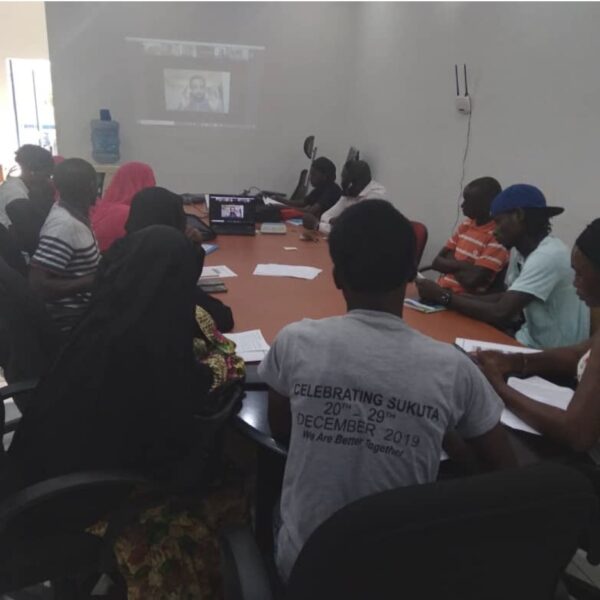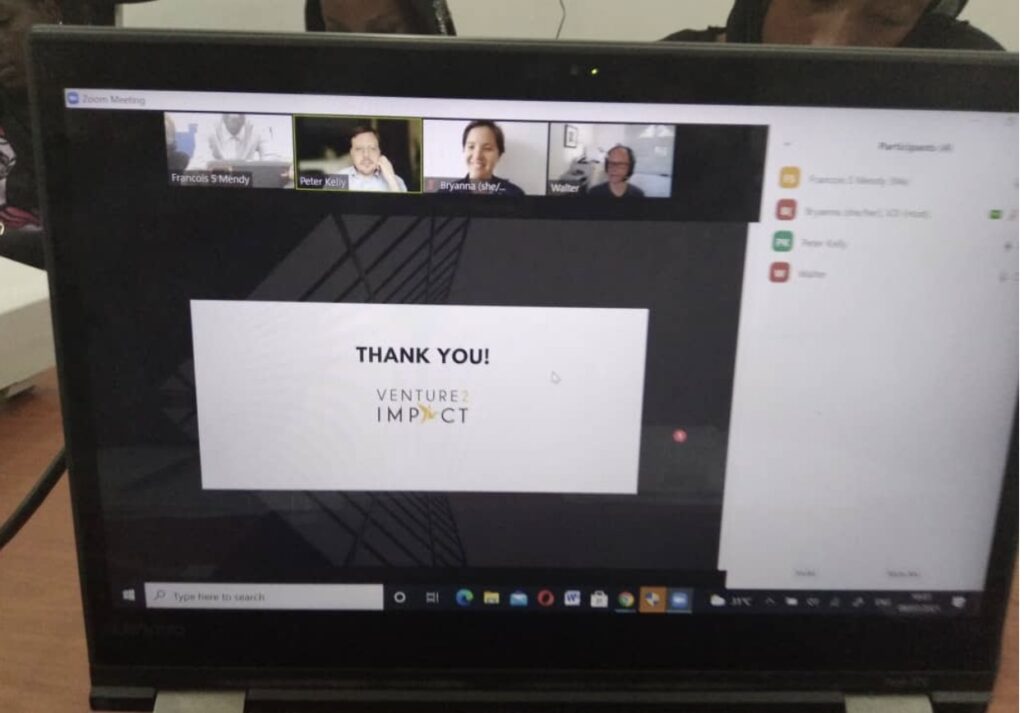
How to Manage and Engage Volunteers in the Virtual Space

By Bryanna Jew
Typically, when we think about volunteering, we picture a team of volunteers working directly with the program’s co-creators (participants) in a historically underinvested area. However, that image is changing as we continue moving through the pandemic.
As with many other people and organizations, the pandemic led us to adapt our work and the way we create impact to rely on a virtual model. This shift required us to consider new factors, but fortunately, we could see the benefits and necessity of virtual volunteering and continue to learn more about how to connect volunteers to projects that utilize their skills!
As we began to rely more heavily on a virtual world, we realized our approach and priorities for volunteer programs remained the same, but it just needed to happen in the virtual space. With that in mind, this is how we translated our in-person approach to a virtual one.
PLAN FOR MEANINGFUL VOLUNTEER ENGAGEMENT BY TRANSLATING YOUR IN-PERSON MODEL TO A VIRTUAL ONE
Identify and Live Out your Guiding Principles for Involving Volunteers
At Venture 2 Impact, we have asked ourselves “What are our guiding principles for executing our mission and involving volunteers?” Because our mission to transform individuals, families, and communities out of poverty and into lasting well-being is dependent on the involvement of volunteers to co-create impact, we deeply value volunteers as key stakeholders. Furthermore, we have always made 360 degrees of development – meaning development for NGO partners, program participants, volunteers, and Venture 2 Impact – key to our mission. Consequently, we want the volunteer experience to be high-touch, relational, and curated. To that end, we ensure our staff is service-oriented and easily accessible to volunteers whether it is for an in-person or virtual volunteer program.
Determining one’s guiding principles could also take the form of writing a philosophy on volunteerism for the organization. By clarifying the role and value of volunteers in the organization, staff are better able to determine how to engage volunteers.

Define Volunteer Roles
We believe that impact is best effected when volunteers’ skills are aligned with program or organizational needs. Therefore, when using our human-centered design approach for collaborating with NGO partners, we seek to understand how our volunteers can use their skills to co-create impact. And when the program outcomes and milestones are clear, we are able to clearly define the number of volunteers and skills needed as well as what their commitment will look like. With a clear picture in mind of the volunteers and commitment we are looking for, we are then able to move into recruitment.
Volunteer Recruitment
Because our guiding principles for interacting with volunteers are high-touch, relational, and curated, we speak with each interested volunteer to determine organizational and skill alignment. If the volunteer’s skills and availability align for a specific program, volunteers are invited to commit. And if their skills or availability are not right for the project, we keep records of interested volunteers’ skills and reach out about other projects in the future.
Onboarding and Training
Once volunteers are committed, we want to make sure to set them up for success! This starts with orienting them to Venture 2 Impact, our partner organization, the local context, who the intervention is helping, and the work they will be doing. This happens through email and a pre-program live (and recorded) call with the full volunteer team.
Depending on the nature of the project, volunteers may need additional training to succeed such as training around how to be a good mentor. If this is the case, volunteers are required to complete the training whether that is by watching a live or recorded training session, completing a training module online, or whatever else is appropriate before the program officially begins.
The Volunteering Activity
The volunteering activity itself looks different based on the specific program, but if the program plan is sound, volunteers have been prepared for their contributions, and staff are available to support them, things should go well! Of course, that doesn’t mean there won’t be any challenges. There almost always are when technology and working cross-culturally are involved, but with good communication systems in place, challenges can be mitigated!

Opportunities for Input and Feedback
Throughout the volunteer program, our Volunteer Engagement Manager checks in with volunteers via email and 1-on-1 meetings to solicit input from and support the volunteer team. The input we receive enables us to make small changes that will improve the experience for all stakeholders and increase our impact. And at the end of every program, we formally gather volunteers’ feedback using a survey. After analyzing the data, the information is shared with the V2I team and appropriate changes for future programs are implemented. It is important to close the feedback loop by letting volunteers know which changes have been or will be made in the future.
Share about Program Impact
When volunteering, we all want to know that our contribution helped. We have noticed that personally experiencing the impact can be more difficult when volunteering virtually which has made sharing about the programs’ outcomes even more important. At Venture 2 Impact, we use a case study approach for sharing about the outcomes of a program for all stakeholders. Furthermore, sharing about volunteers’ impact supports volunteer retention.
Connect New Volunteers to the Volunteer Community
One of the things we have always recognized is how much volunteers value the connections they make when volunteering whether that connection is with their fellow volunteers, our NGO partner staff, or program participants. This can be more difficult in the virtual setting when there are fewer projects involving direct interaction with others, technology challenges or zoom fatigue, and less space to simply hang out and connect with one another. Venture 2 Impact is mitigating this challenge through engagements with program participants whenever possible, interactions with our staff, creating opportunities to connect with fellow volunteers during the project and afterward, and by inviting new volunteers to participate in development opportunities alongside other Venture 2 Impact volunteers after their specific program concludes.
Needless to say, virtual volunteering is here to stay. This means that organizations and volunteer managers need to continue developing their virtual volunteer management strategies to meet the needs of their missions and volunteers.